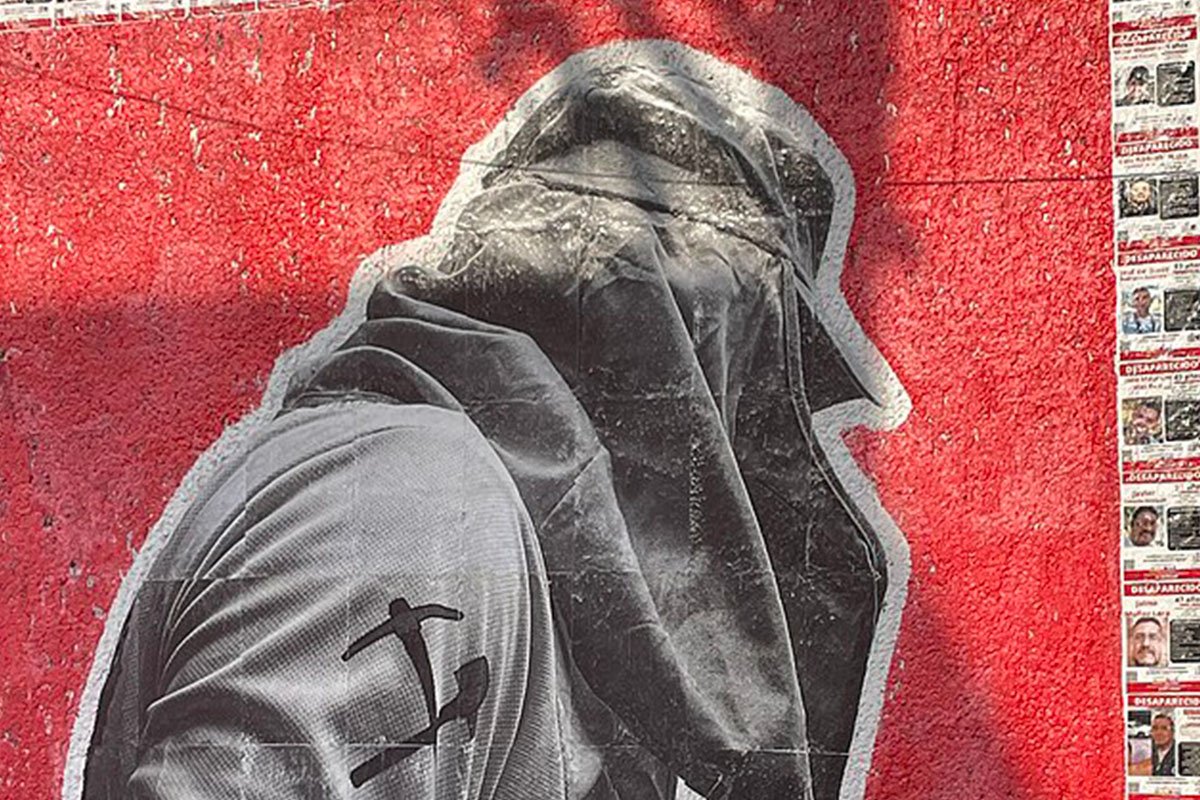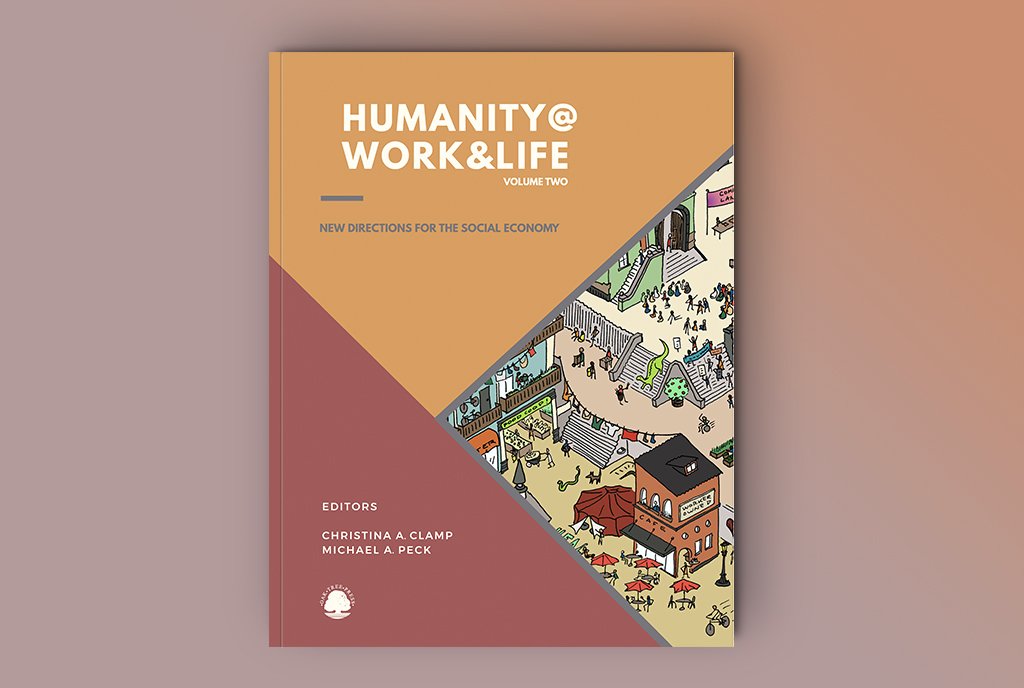
The 3.2 million immigrant-owned businesses in the United States and many of their eight million employees have been devastated by the pandemic. Many that have survived need capital to rebuild their businesses. But most immigrant businesses, especially those with only an employee or two, find accessing loans from banks and other financial institutions nearly impossible. They lack a business relationship with a bank, a solid credit score, acceptable business records, and collateral.
Yet despite these “deficits,” many immigrant businesses, even small part-time hustles, were thriving before the pandemic. Across the US, when immigrants move into a declining neighborhood, within a few years one often sees new restaurants, stores, contractors, housepainters, and daycare providers. In these neighborhoods, we see housing being restored, thriving schools, and rising local tax revenues.
Banks, other financial institutions, and even community development financial institutions (CDFIs) often have little to do with these community renaissances. Funding came largely in the form of loans from family and friends and savings from small groups using traditions brought from immigrant hometowns and villages. Depending on where the immigrants come from, these savings circles go by many different names—tandas, susus, panderas, tontines. But there are some common principles central to their success, one of which is that immigrants themselves are the experts in sizing up who is reliable and likely to succeed, not outsiders. Their success is prima facie evidence of the effectiveness of community-based solutions.
But how can those businesses get the loans they need now? CDFIs, credit unions, and banks could play a critical role, but many immigrant businesses are too small for even CDFIs. For these businesses, a different solution is required.
What I suggest is a conscious intervention that builds on the informal systems by which many of these businesses got their start in the first place.
A bit of background on my role in all this. In my career, I have worked with microfinance institutions (MFIs) across the globe and introduced peer group lending—where five or so business owners hold each other accountable for each other’s loans—to MFIs in 34 countries and the United States. As Oxfam America’s director of community finance, I designed and led Saving for Change, which, working through local nongovernmental organizations (NGOs), trained 35,000 women’s savings groups with three quarters of a million members in Africa, Asia, and Latin America.
In many countries, microenterprise lending has integrated with informal networks to provide needed capital. The Grameen Bank in Bangladesh is a famous example, one that earned Grameen and founder Muhammad Yunus the Nobel Peace Prize in 2006. There are plenty of US microenterprise support organizations, but most work closely one-on-one with a handful of businesses. Few leverage the wisdom, experience, cultural and linguistic fluency, and detailed local knowledge of the organizers of countless informal savings circles already in place. Even the best-intentioned financial initiatives work based on their notions of what a business should look like, not the community wisdom that has launched and sustained three-and-a-half-million businesses nationwide.
Is there a way to achieve this integration more effectively? I believe so.
It’s not news that there’s a vast informal financial system thriving in many immigrant communities. Immigrants have often created highly effective systems of business financing based on disciplined savings and mutual accountability within a context of family and community support. These systems are based largely on traditions brought from their home countries. For example:
- Virtually every Nepali business in Queens is financed through their participation in an informal savings circle called a dhikuti where each in turn receives up to a $70,000 payout to launch or build their business or purchase a food truck.
- Fifteen Ethiopian Uber drivers put $1,000 into a pot every month, with each receiving a $15,000 payout in turn to purchase a new vehicle or for repairs interest-free.
- Forty-eight Bangladeshi businessmen in Boston, many of them convenience store owners, save $2,000 per month in their samite. Two receive a $48,000 payout from the $96,000 collected each month. All receive their $48,000 payout within two years.
- Mexican immigrants living in trailer parks outside Asheville, North Carolina, are purchasing the land under their trailers through their tandas, so they can’t be evicted.
Informal savings circles serve as a lifeline for those who are at the bottom of the economic pyramid. I interviewed a group of 10 Latina room cleaners at a hotel in Des Moines, Iowa. They each contribute $50 a week into a pot, with each in turn receiving a $500 payout over ten weeks. This is enough to pay the rent, take care of a medical emergency, get the car fixed, or send a little money back home. The alternative is payday loans and a dangerous spiral into unsustainable debt.
Nearly everywhere immigrants cluster, they participate in (or at least know about) traditional savings circles, even if these are often invisible to outsiders. In operation, they can be very sophisticated, creative, and flexible. Here are some highlights:
Sign up for our free newsletters
Subscribe to NPQ's newsletters to have our top stories delivered directly to your inbox.
By signing up, you agree to our privacy policy and terms of use, and to receive messages from NPQ and our partners.
- Not sure how trustworthy a new group member is? Give her the last payout. If relatives bring in a family member into the group, have them take responsibility for paying for them. The most important decision is who is invited to be a member. The system is based on trust. Not paying in these tight-knit groups is “social suicide.”
- Can’t make a $100 payment per week? Two members each contribute $50 and split the share out. If you can save $200, you contribute this amount, and receive a double payout.
- Can’t make a payment this week? Have your friend pay for you, with the expectation that you will return the favor if need be.
- Need your money right away? Negotiate with another member to switch the date of your payout. In other groups, a person who needs their money right away will pay an extra $30 or so each month until the end of the cycle. Those who wait until later to receive their payouts pay substantially less.
- Need money at different times during the year, or for different purposes? Join two or more groups.
- Need to make income from organizing and managing a group? Have each member pay you a “propina”—a “tip”—when she receives her payout.
Every group has its own strategy. These groups are numerous. If only 10 percent of the 40 million first-generation immigrants in the United States are members of a savings circle, there could be tens of thousands of savings groups nationwide, mobilizing and distributing billions of dollars every year.
A Strategy for Lending to Small-Scale Immigrant Businesses at Scale
Given this reality, one key to lending to small immigrant businesses at scale is to build on the informal savings circles that abound in immigrant communities and use them to vet loans and to hold each other responsible for repayment. Although this seems obvious, the world famous Grameen Bank; the peer group lending initiatives of Acción International; the Village Banking model of FINCA (Foundation of International Community Assistance); and Working Capital, the peer lending program I ran that made microloans in New England, Delaware, and Florida are all based on the staff training new groups according to our ideas of how these groups should be organized. But a growing number in the field are challenging this assumption. Among the questions being asked are the following:
- Why train new groups, when tested groups are already in place?
- Why bring in outside trainers when those who organize the groups are integral parts of their community?
- Why bring in a new methodology when the group organizers are using techniques honed over generations from their home villages that are well understood in the community?
Through Grassroots Finance Action, a project of the Center for Community Economic Development, along with other partners, we are seeking to develop an approach that leverages these well-understood group savings principles in a way that we believe could substantially lower costs, hasten loan approval and delivery, and provide quick access to credit for those left out. By tapping into this social capital and hiring the most skilled savings circle organizers, who we call “community geniuses,” to promote the loan product and manage the fund (not outside staff), our group aims to greatly expand lending to immigrant businesses, at low cost and sustainably.
Given the reality of how immigrant businesses are financed, the key to reaching these businesses at scale and at low cost is to underwrite loans building on the tight-knit web of relationships and informal trust-based saving and lending that have enabled these businesses to thrive. In other words, “social capital.”
Building on Existing Models: Some Action Steps
Can a more effective support system be designed? I think it is possible. The idea is to dispense with credit scores, collateral, and reviewing loans, and instead devolve underwriting responsibility to local groups—the same groups that manage those savings circles so effectively.
The idea, in short, is to work through (or create) an entity that will:
- Design the initiative and the necessary systems
- Recruit and orient interested CDFIs and others that have the administrative capacity and legal standing to issue and collect loans
- Help mobilize lines of credit to provide working capital
- Assist lenders as they recruit and train staff
- Provide ongoing technical assistance
- Assess and fine-tune the model and systems
- Monitor and evaluate outcomes
- Advocate the model and prepare for its expansion
Using this framework, local CDFIs and other interested lending entities would:
- Issue loans and track payments and outcomes
- Hire a staff person from the community who identifies savings circle organizers with strong track records and who have a passion for helping their community
- Monitor the organizers working with local savings circles to help identify those who need a loan and discuss how the group will support and hold the borrower accountable for repayment
- Facilitate information-sharing among savings circle organizers
The most successful of those receiving loans through their groups will be eligible for larger individual loans. In terms of operations, instead of a complex form, the loan agreement will be reduced to a half-page form written in the immigrants’ own language. Loans amounts might range from $2,000 to $25,000. A fee (adjusted to the loan’s size) will pay local administrative costs, while interest payments will cover the cost of lending. Every 10 million dollars could finance 1,000 businesses at the $10,000 level. As these loans are repaid, they can fund additional and/or larger businesses.
Concluding Thoughts
Every new approach to financial inclusion starts small. The modern microfinance system (more accurately, micro-credit) was much smaller before the network-building efforts of nonprofits in the 1980s and 1990s. Now there are 139 million microfinance borrowers worldwide. An initiative based on the principles outlined could likewise have widespread application. Now is the time to get started.
Jeffrey Ashe has spent over 20 years designing, managing, and evaluating peer-based lending microfinance projects in 35 countries and another 20 years promoting savings groups. Over the past three years, his graduate students from Columbia University have studied informal savings circles in immigrant countries and developing countries. Ashe is the director of Grassroots Finance Action, where like-minded practitioners meet to discuss innovations in financial inclusion.











